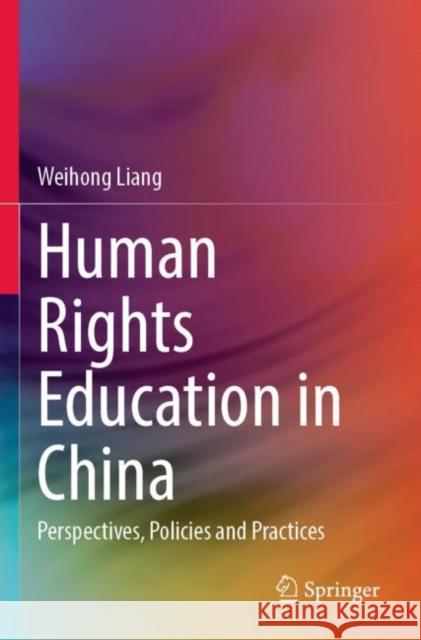Human Rights Education in China: Perspectives, Policies and Practices » książka
topmenu
Human Rights Education in China: Perspectives, Policies and Practices
ISBN-13: 9789811913068 / Angielski
Human Rights Education in China: Perspectives, Policies and Practices
ISBN-13: 9789811913068 / Angielski
cena 484,18
(netto: 461,12 VAT: 5%)
Najniższa cena z 30 dni: 462,63
(netto: 461,12 VAT: 5%)
Najniższa cena z 30 dni: 462,63
Termin realizacji zamówienia:
ok. 22 dni roboczych.
ok. 22 dni roboczych.
Darmowa dostawa!
Kategorie:
Kategorie BISAC:
Wydawca:
Springer
Język:
Angielski
ISBN-13:
9789811913068











